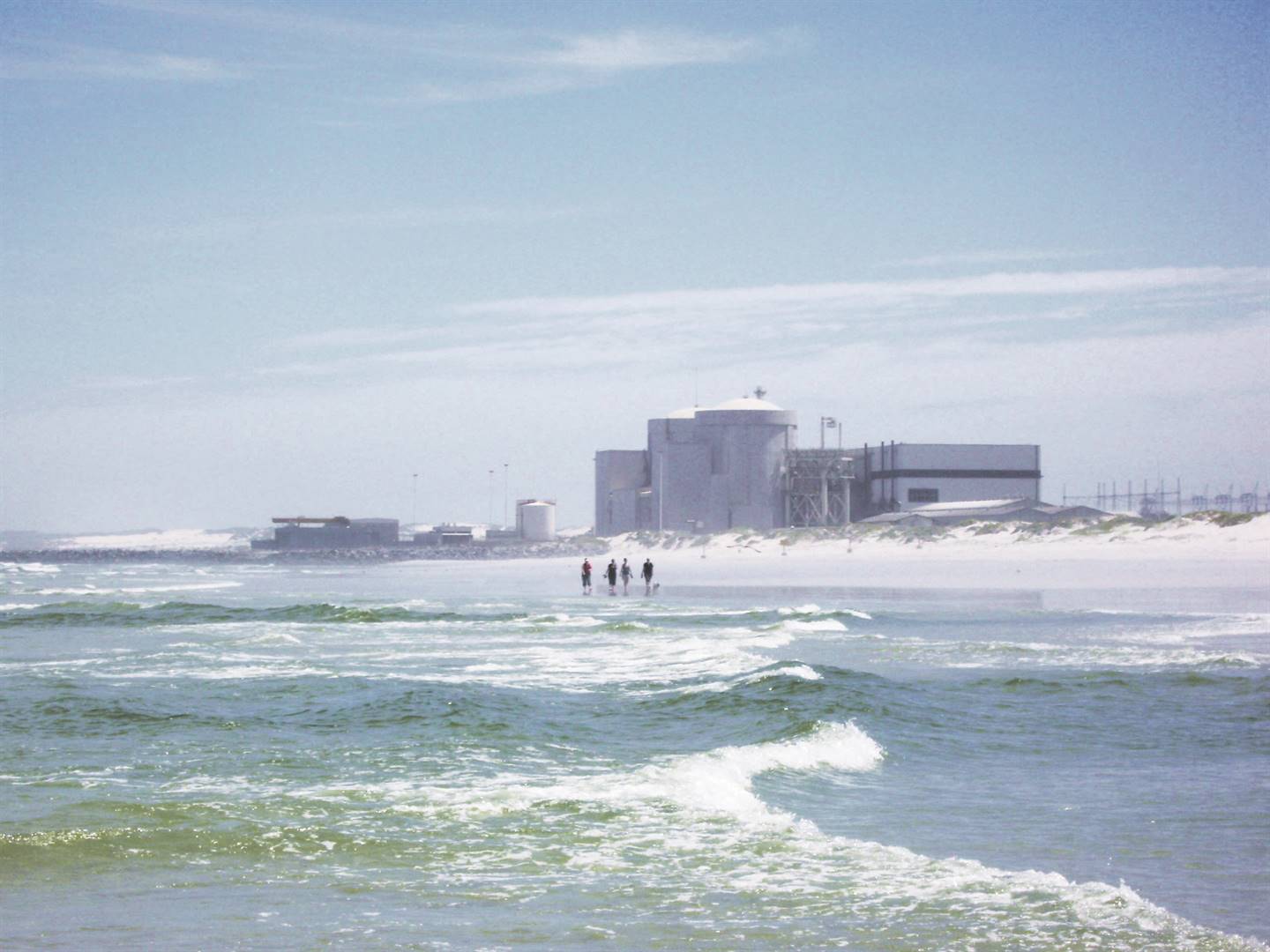
Africa has to plan for a 100% increase in water consumption – not a mere 10% or 15%, but double, and then more again after that, writes Kelvin Kemm.
It is often said that South Africa is a water-poor country, that we don’t have enough water, and so the story goes.
Of course, this is not true. South Africa’s longest border has all the water you want.
That is the coastline and it has the whole Indian Ocean and the whole Atlantic Ocean to use. So, all the water you would ever need.
In his weekly newsletter to the nation, President Cyril Ramaphosa said that drastic measures need to be taken concerning water supply versus demand.
He is quite correct, but he was talking about water that you can drink and water that you can put on the mealie fields.
He said “usage increases rapidly because of population growth and as more houses get connected to water”.
Again, he is correct. In fact, frighteningly correct.
We also need to think of vastly expanded sewerage systems and industrial growth needing huge amounts of water.
Africa has to plan for a 100% increase in water consumption. Not a mere 10% or 15%, but double, and then more again after that.
Mother Nature is not going to organise more rain, ever.
The rain comes from the sea and from evaporation off the ground and dams. The evaporated water vapour goes into the air and forms clouds which then get blown to other places.
They cool when the air temperature drops and it rains.
That water cycle has been the same for centuries. On top of that there are other longer-term variations, which cause droughts from time to time.
It has always been like that and always will be. We are in drought conditions now, but they will pass.
However, they will come back again. Mother Nature is not going to change short or long-term patterns.
So the only solution we have is to find more water, which does not come from the sky.
It has seriously been proposed that we send out tugboats to the Antarctic ice shelf and “tie a rope” on a huge iceberg and then tow it back to South Africa.
In principle it can be done – with a lot of effort.
But it would seem that a much more reasonable thing to do would be to drink the sea water. But it has salt in it.
Okay, so take the salt out. That is called desalination and it is already done in South Africa – on a small scale.
There is a desalination plant at Mossel Bay. It works on a principle called “reverse osmosis”.
A membrane, like a very fine sieve, is used and seawater under high pressure is pushed through the membrane.
The water goes through, but the salt stays behind.
Another way is to boil the water and to take the water vapour, just as mother nature does with the sea, and condense the water vapour back into drinking water. The salt stays behind.
To do this you need heat. A good way to do this is to use a nuclear reactor. A good candidate is the small reactor that was developed by South African scientists and engineers, called the Pebble Bed Modular Reactor (PBMR), which can be built inside a football stadium – to give you a sense of size.
Koeberg nuclear power station, near Cape Town, already desalinates enough water for its own use.
The Koeberg engineering team, under power station manager Velaphi Ntuli, realised that they could not rely on the Western Cape’s water supply, due to potential drought conditions.
So they took the sensible decision to become independent and to desalinate their own water. Good for them.
South Africa designed and developed the PBMR to the point at which it was about ready to be built. But sadly, the project stopped.
However, Minerals and Energy Minister Gwede Mantashe has now again introduced nuclear power into the country’s electricity development plans.
So the door is open to continue with the PBMR and to build one.
The PBMR system was developed to provide electricity. It is small and can be placed far inland if need be, as in mining towns or at Secunda to supply Sasol.
But PBMRs do not have to produce electricity, they can be built to supply heat only. So they can be built to desalinate seawater.
The drinking water can then be pumped inland. We already pump petrol and diesel from Durban to Johannesburg via long pipelines, so why not water?
In 2017 South Africa harvested a large mealie crop, about twice the amount of the year before. This was largely because of good rains. Great for the economy.
Imagine if every year there was enough water on the mealie fields to produce bumper crops.
Imagine pumping desalinated seawater to the mealies.
We need to look into South African nuclear technology to do this. It strikes me as a much better bet than towing icebergs.
Kemm is a nuclear physicist and chief executive of Nuclear Africa, a project management company based in Pretoria. He does consultancy work in strategic development in all types of businesses and industries
 | ||||||||||||||||||||||||||
Get in touchCity Press | ||||||||||||||||||||||||||
| ||||||||||||||||||||||||||
| Rise above the clutter | Choose your news | City Press in your inbox | ||||||||||||||||||||||||||
| City Press is an agenda-setting South African news brand that publishes across platforms. Its flagship print edition is distributed on a Sunday. |




 Publications
Publications
 Partners
Partners








